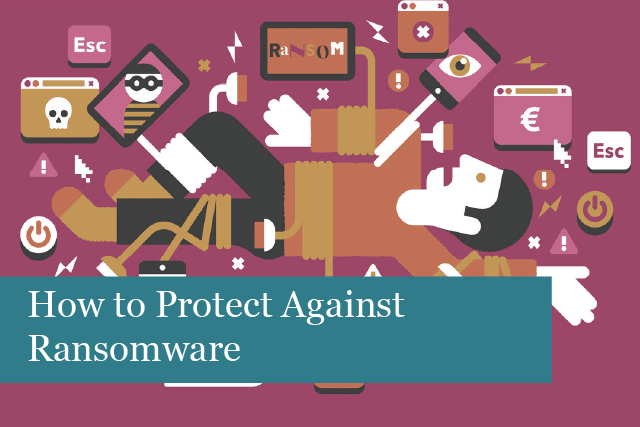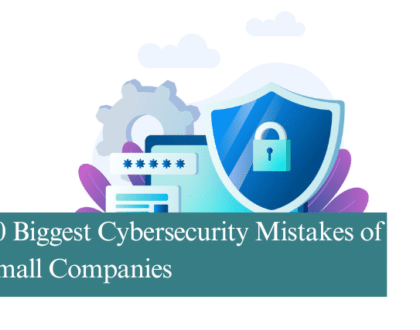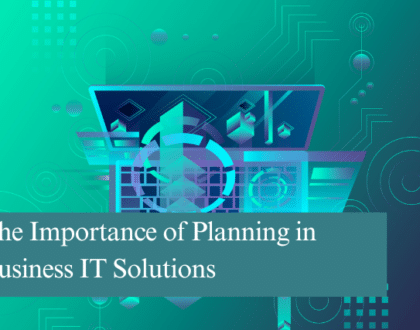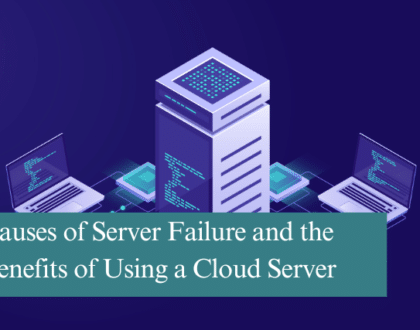
Ransomware continues to be a growing problem as we move further into the 21st century. According to Cloudwards, ransomware grew by 60% in 2020! And the problem only continues to grow.
The statistics on ransomware should shake your business into awareness of these severe attacks. If we’ve caught your attention, you may be wondering how to protect yourself against ransomware attacks. We’re happy you’re more aware of the problem and have put together a list of things you can do to protect yourself against ransomware attacks.
However, before we get to the tips on how to protect yourself, let’s take a look at the different types of ransomware. These are attacks that could come after your business!
Types of Ransomware Attacks
There are several types of ransomware attacks. We’ve put together a quick list of some of the most often used attacks.
REvil
This is a file encryption virus that encrypts all the files on a device and demands Bitcoin payments. If the victim doesn’t pay the ransom by the specified time, the ransom doubles.
Nemty
Nemty ransomware is a service you may find advertised online. The malicious bug is spread mainly through phishing emails, but crooks also use other methods to spread this attack.
When the victim pays the ransom, 30% goes to Nemty’s developers, while the rest goes to the client. Who is the client? It’s anyone’s guess. The point is the victim must pay the ransom or lose access to their files and data.
Nephilim
Nephilim is used by criminals who usually attack organisations that use unpatched Citrix remote-access technology. The hackers usually demand two encrypted files from the victim. They then decrypt the files and send them back, hoping they’re the only crooks who have the ability to decrypt the company’s own files.
Maze
The maze ransomware attack is considered to be one of the most destructive attacks. In this attack, victims are threatened that the criminals will release sensitive information if the ransom’s not paid.
These are only a few of the insidious types of ransomware attacks happening right now! These are the reasons your company needs to take security and protection seriously.
-
Backup Daily
Your company regularly gathers valuable data that cybercrooks are looking for ways to compromise. So one of the first steps you can take to avert ransom attacks is to keep all data backed up every day. And when we say all data, we mean just that.
However, do you know how to properly and safely backup your data? Data can be backed up into the cloud, in a local storage device offline, and that’s not connected to the network. In addition, data can be backed up and stored at another location, also offline.
-
Screen Emails & Don’t Click Links or Ads
This is a step that everyone in your company needs to be taught. Always screen emails and never click on links or ads in suspicious emails. The reason is that fake emails may be phishing attempts. They may contain fake attachments or links that install malicious software on your device and/or the company network.
Emails are another method cybercriminals use to infect your device and/or network with ransomware.
So, make sure to educate all employees on the dangers of emails and clicking on links, ads, or even attachments.
-
Install an Antivirus Firewall
An effective firewall can protect your network against ransomware and other types of malicious attacks. However, it can be challenging to choose the proper firewall. There are currently many companies offering firewalls. However, it’s essential to understand that no firewall offers 100% protection and security. However, they can protect you more than if you don’t have one at all.
Search for a firewall that fits your company’s budget and the type of network technology you use. Then, properly educate and train employees on IT security and how to avoid being compromised.
-
Apply Security Patches
All applications on the network must have security patches applied regularly. This is because cyberattacks and hackers can attempt to find vulnerabilities in the company’s third-party apps and plug-ins.
Make sure to patch all applications to keep hackers out. Most business software receives regular patch updates. Make sure all of your software and apps are patched and updated regularly.
-
Develop a Disaster Recovery Plan
Another way to foil ransomware attacks is to ensure your company has a disaster recovery plan (DRP) in place. The recovery plan provides the steps and instructions on how to get your network back up and running after a cyberattack, natural disaster, and more.
Here’s a general list of items a DRP may include:
- Shut down most of the company’s network immediately (to keep the infection from spreading)
- Shut down WiFi and Bluetooth immediately
- Call the local authorities and the FBI
- Don’t pay the ransom. Instead, delete all the infected files and restore the files from your backup copy
Of course, the steps in your disaster recovery plan would be much more comprehensive. But at least this gives you an idea of what the plan should include.
-
Invest in Security Awareness Training
We touched on this step briefly; however, it deserves more in-depth discussion. Unfortunately, in many cases, a human is responsible for allowing hackers and criminals to gain access to a company network. This is an unfortunate but true fact.
Employees are not stupid; however, sometimes hackers use effective psychological methods to make a person feel safe. In this way, the employee may click on a link in an email or perform another task that makes their device and the network vulnerable. Hackers then easily gain entry, steal data, and more.
However, security awareness training can be an effective tool to educate everyone in the company on cyber security issues. They learn to be more vigilant, identify & avoid malicious links, emails, and even dangerous online behaviours.
Educating employees can be highly effective in the war against ransomware.
Summing It Up
Follow the steps we’ve outlined in this article to keep your company safe from ransomware attacks. If your company wants advice or guidance, you may want to consider reaching out to a managed IT service support provider.
They will have all the expertise and knowledge needed to keep your company safe and secure from ransomware and other malicious attacks.
Recommended Posts

10 Biggest Cybersecurity Mistakes of Small Companies
18th April 2025

The Importance of Planning in Business IT Solutions
11th April 2025

